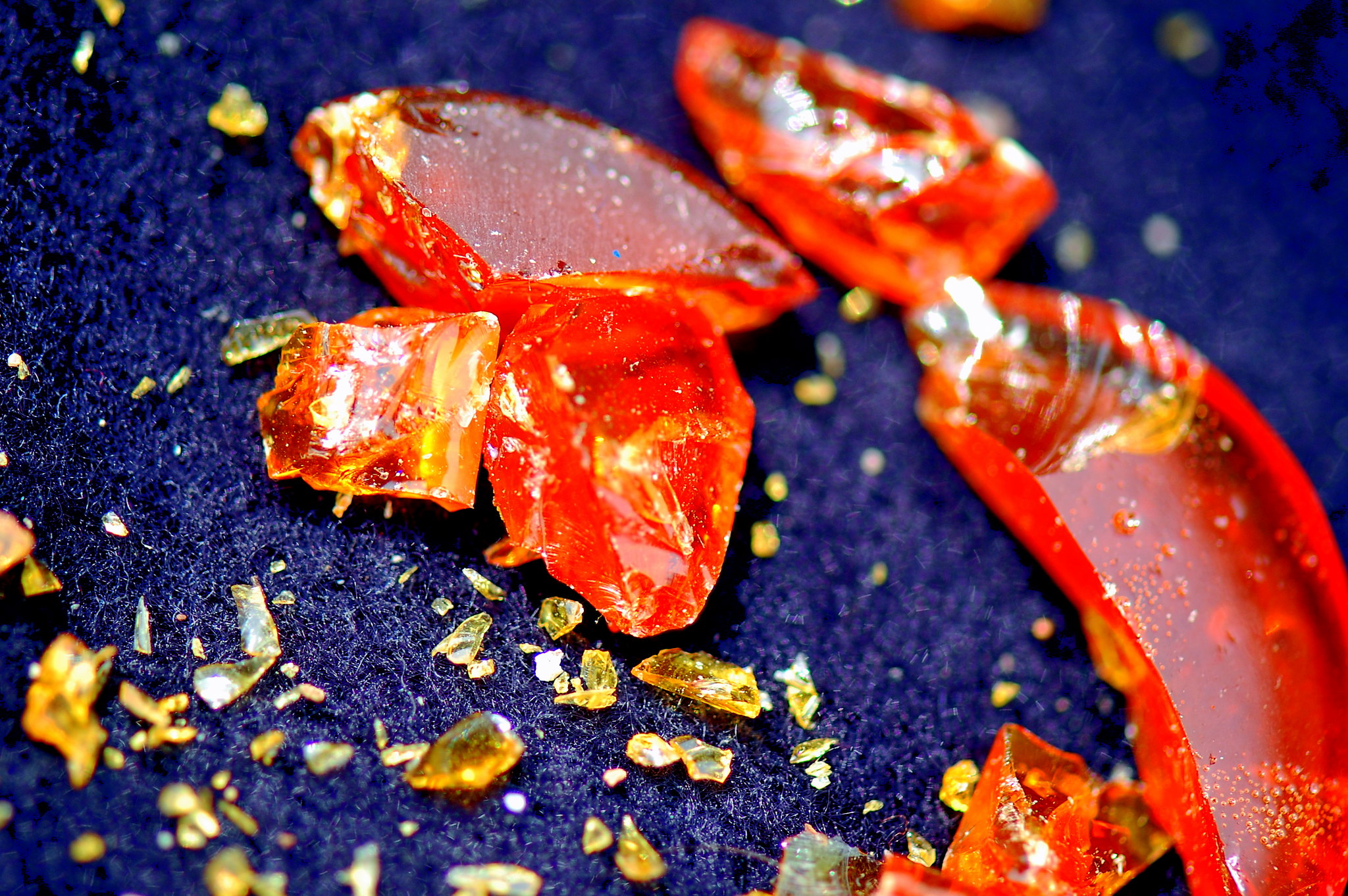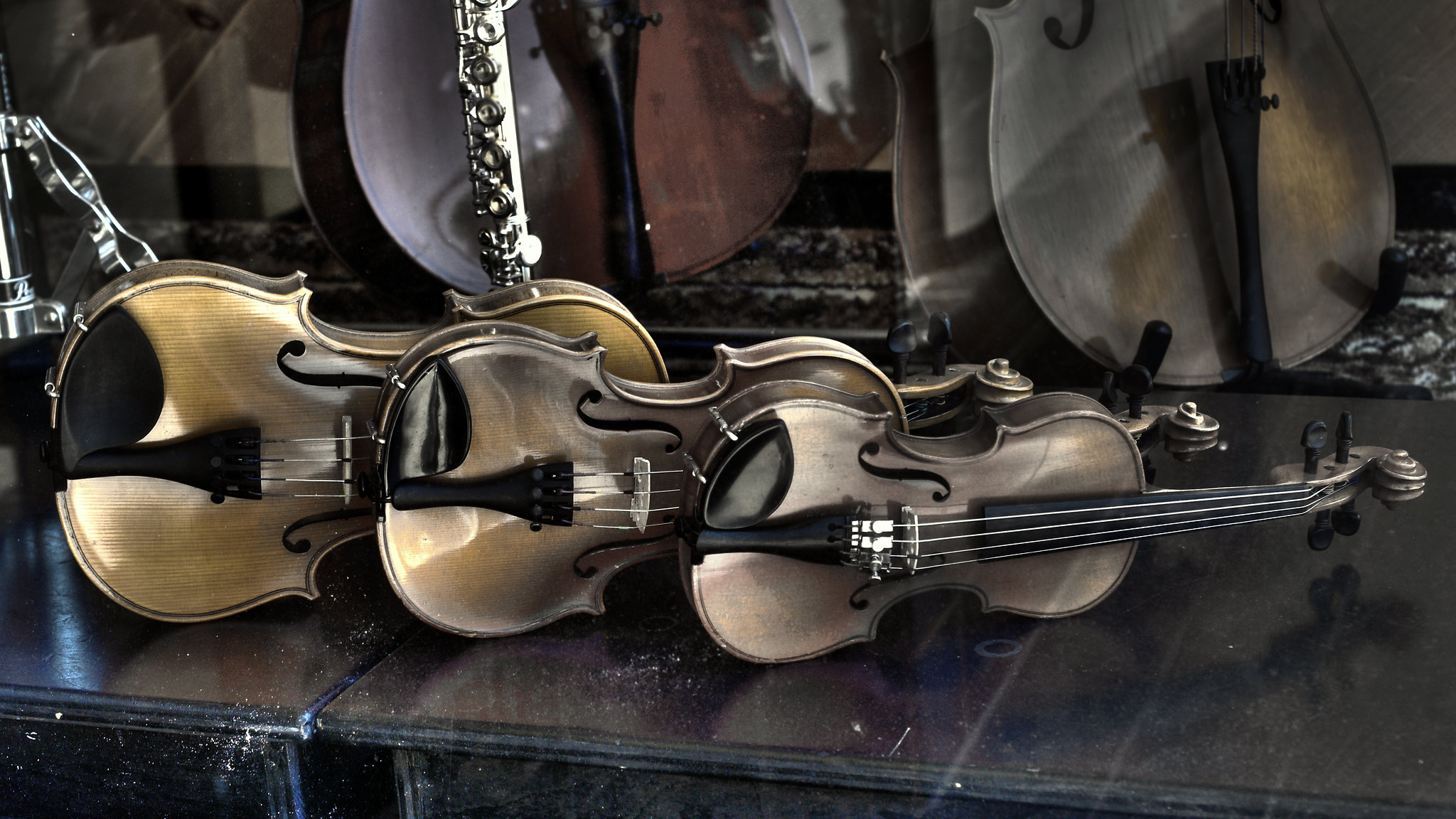What are the best violin strings? This is a really tricky question, because there is no one correct answer. In this case, 1+1 is not always 2. Stick around, and we'll explain some of the best violin strings, the featured of each kind of string, and what kind of benefit they bring to the table. We promise not to string you along (pun intended).
Violin Strings: A Quick History
Violins are a stringed, or string, instrument. Any instrument that needs a string to vibrate in order to produce sound is classified as stringed. This family includes, but is not limited to, violins, violas, cellos, basses, harps, harpsichords, pianos, lutes, mandolins, and guitars. Take away the strings on these instruments, and they turn into furniture or shoeboxes! The strings for each of these unique instruments are different. Each one requires a specific length, width, material, and resonance to produce the proper tone. There is a very real science behind stringmaking.
Violin strings were originally made out of animal gut. The practice of using animal gut strings dates back to over 6,000 years ago, and startlingly enough, the practice only (mostly) disappeared after World War II! However, by the 1600s, instrument specialists and players alike realized that the G string tone shockingly benefitted from being wound in copper or silver wire: this wire caused the string to resonate with a fuller, more dynamic sound. The core, however, remained animal gut.
For the D string, the pure gut strings were standard until after World War II, at which time the technology necessary to produce extremely thin wire was widely accessible. The world adopted wire wrapped D strings, again with the gut core, as standard at this time.
A and E strings were also gut well into the 20th century, when Piastro developed a wire wrapped A string in 1951. It took 10 full years to be widely adopted. E strings were never actually wound. A wire E string was developed about 1910, but it was less desired overall than a traditional gut or even silk. This trend of preferring gut to steel changed when sheep gut became scarce around the 1940s and violinists turned to steel strings as their go-to.
Today, strings are varied in their materials and can cater to almost anyone's needs. Several different companies make many different styles of strings for many different instruments. Remember that smaller violins require smaller strings. Violin strings are also more economical than a bass's strings because of the sheer size of the the bass versus violin.
Strings today are typically made with synthetic components and are wound with varied metals. Some violinists prefer aluminum to steel or silver to an alternative metal. These synthetic strings, not made with animal gut, were developed in the 1970s and were known as Dominant strings. They let the player enjoy the beautiful and rich tones of the gut core without the often "tinny" quality of steel-wound strings. These synthetic strings are found on violins all over the world and played by violinists from beginners to professionals. They are the vast majority of the market today.
So Who's Best?
Ask a violinist what kind of string is best, and you'll get a plethora of responses. Discussion boards are littered with opinions, die-hard fans, blind followers, and people who just buy whatever is cheapest. So who has the best strings? Everyone. And Nobody. It's complicated.
Violins are not all the same. In fact, that's the beauty of violins: they are unique, each made specially and individually. So, being a unique instrument, they will each respond differently to different strings. What works for my violin might not work on your violin, and that's OK. To get us started, we'll talk about thickness and heaviness of various strings.
Weight and Gauge
Violins come in a variety of measurements and materials. Some violins have a naturally bright sound, where other violins have a dark, brooding sound. The gauge of violin strings and the quality of those strings change the sound that the violin naturally produces. Strings, in other words, can literally give your violin an entirely different sound.
Light, or Soft Tension Strings
As a rule, these strings will cause a violin's tone to brighten. They are sometimes made of nylon and are typically very lightweight. They are good for very weak fingers, beginner players, or those whose violins are naturally very dark-toned. Some find that light gauge strings create a too-bright, thrill, or tinny sound, but this is not always the case.
Medium Tension Strings
These strings are what most violinists prefer based on the fact that they are very responsive to almost all violin needs. Is your violin a bit deep and dark in its tone? Medium strings will balance that with a brighter tone. A bit shrill? The medium strings will bring your violin some more warmth. When in doubt, stick with a medium tension string; it's typically the best bet for most players and they are rarely a bad choice for any level of player.
Heavy Gauge, or High Tension Strings
These strings are typically reserved for violins or violinists who require a lot of weight to bring down the naturally-occurring shrillness of their instrument. These strings are very heavy, require a lot of finger strength to operate, and they are typically the worst-case scenario for a beginner. They create a deep, dark sound on most violins. You may find that using heavy or thick gauge strings even gives your bow arm a run for its money! Getting these strings to resonate the way you want requires more power and energy! However, oftentimes heavy gauge strings cause a violin's tone to richen, deepen, and become more resonant.
Now that you might have an idea of what kind of tension or gauge you need, here are a few companies who make beautiful strings that might hold the secret the to most beautiful tone your violin can produce.
Piastro
In 1798, Piastro began its company in Germany. They make beautiful violin, viola, cello, and bass strings, among other instruments. Their reputation for fine products is very high: many professional soloists and ensemble musicians alike prefer Piastro to other brands. They have several options for varying price points, but their most elite strings are Gold Violin strings. These are sold either in a group of 4 or individually, with the E string being a loop or a ball setting. These strings have an extremely rich sound with most violins, and they are "worth much more than what they cost," according to many players.
Dominant
As stated above, Dominant was the first company to offer synthetic strings, and they continue to offer many varieties of strings today. Dominant strings are less expensive than Piastro or other brands. Some players have observed that at first play, these strings can sound bright, but as they are "broken in," they mellow their sound. Depending on how much you play them, these strings should be replaced every 3 months or less, although people do replace their strings (no matter the type) much more often than that! Dominants are a fine string to put on most instruments and will give most instruments a nice, warm tone.
D'Addario
D'Addario is an English string-producing company. They have been in business for many years and have an extremely broad range of offerings in the string world. Their products are high-quality, but their prices are accessible for most players. D'Addario makes many types of strings in varying weights and materials to accommodate any player and instrument and tone desired. Their offerings include strings for beginner players, such as their Prelude line, all the way to their Xyex strings and Helicore strings which are more geared to advanced players.
Summary
As with all things with the violin, it is safe to bring your instrument to your local luthier and ask them to outfit your violin with the best violin strings for you. Remember, each string will respond differently to different violins. And, it is important to note that not always will the most expensive strings respond best to your instrument! The "best violin strings" depends entirely on your desires for your instrument and the structure of your violin. The best thing to do is to try out different brands and see what sounds your instrument can make!







